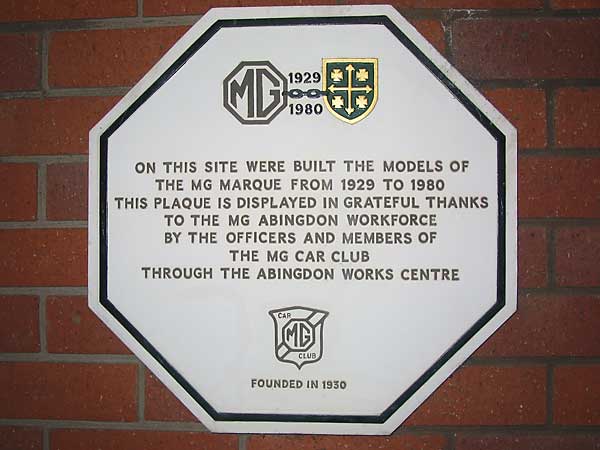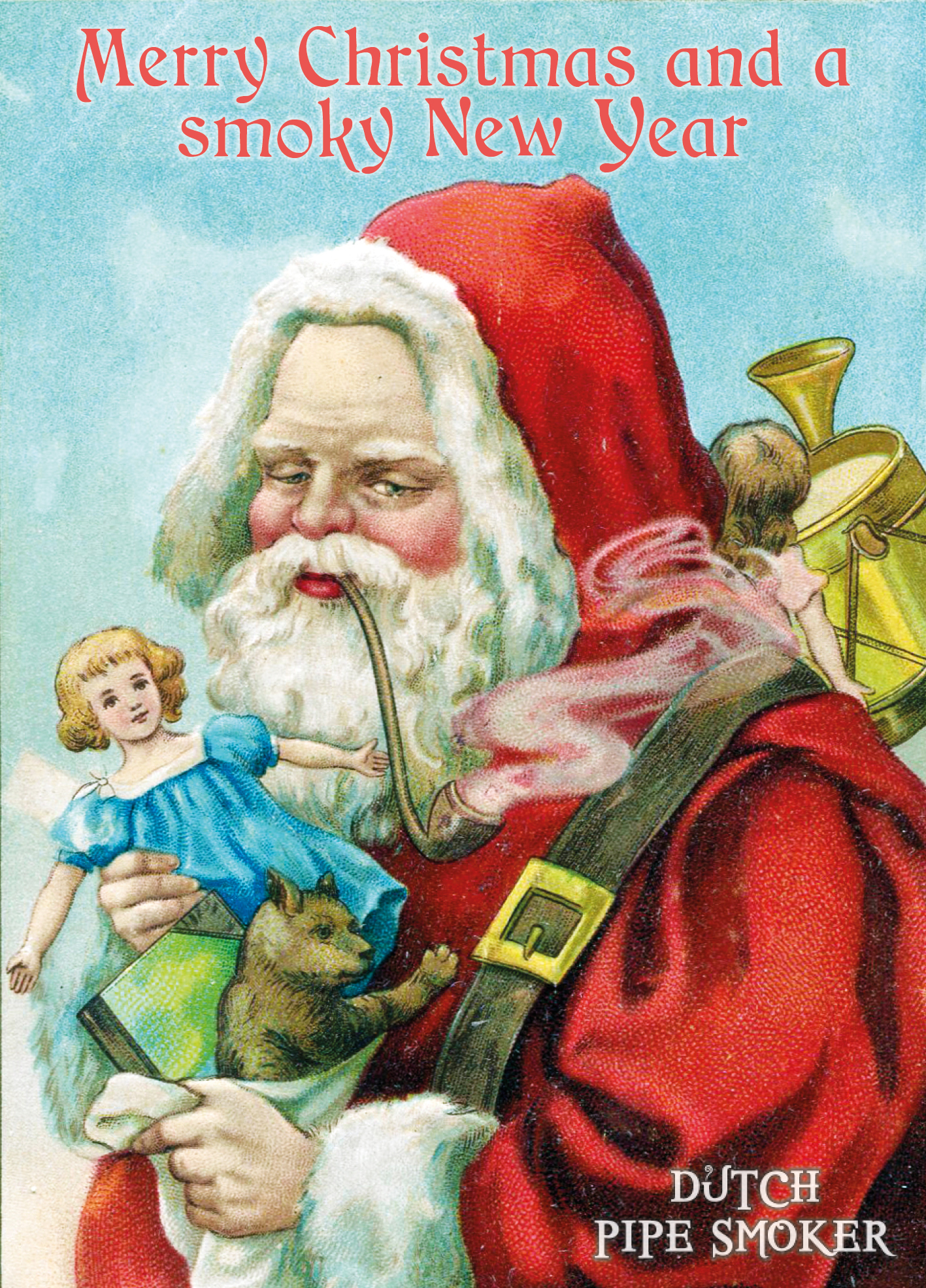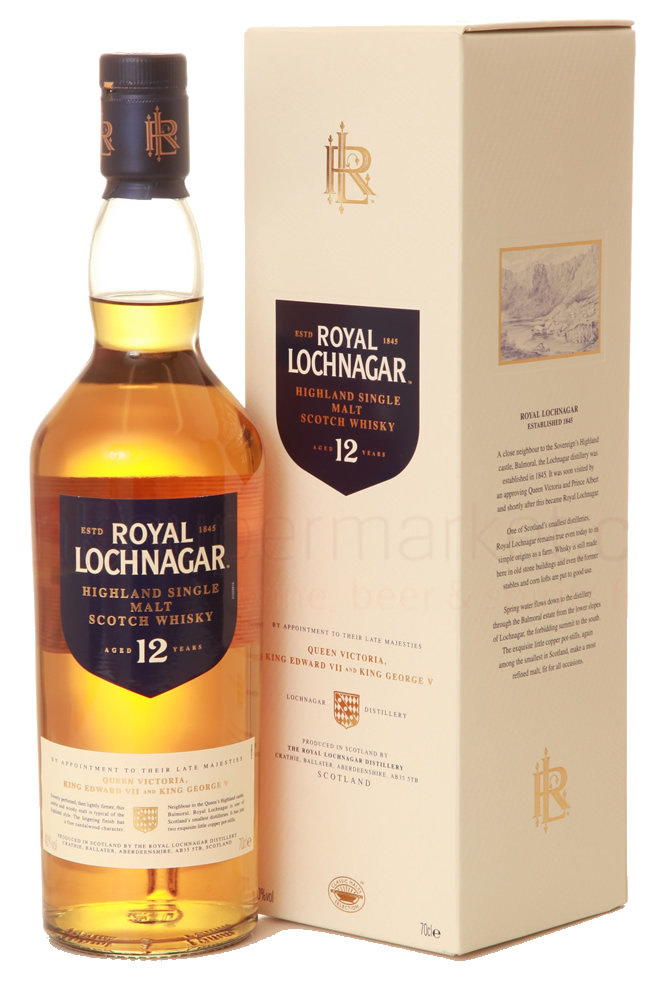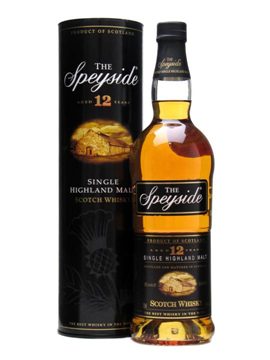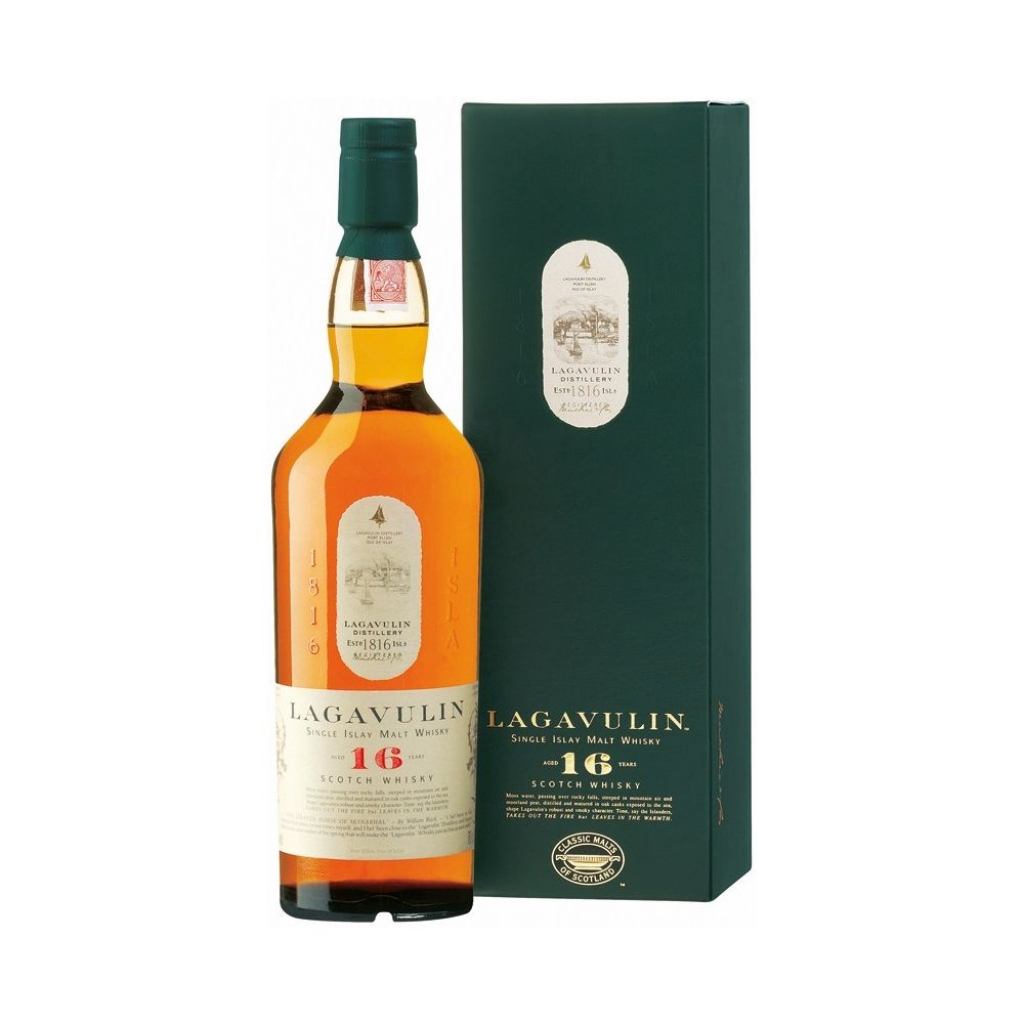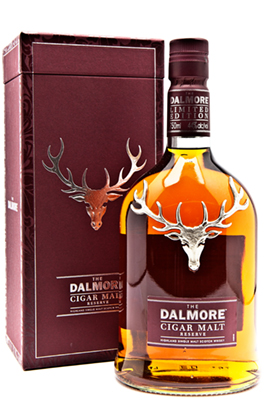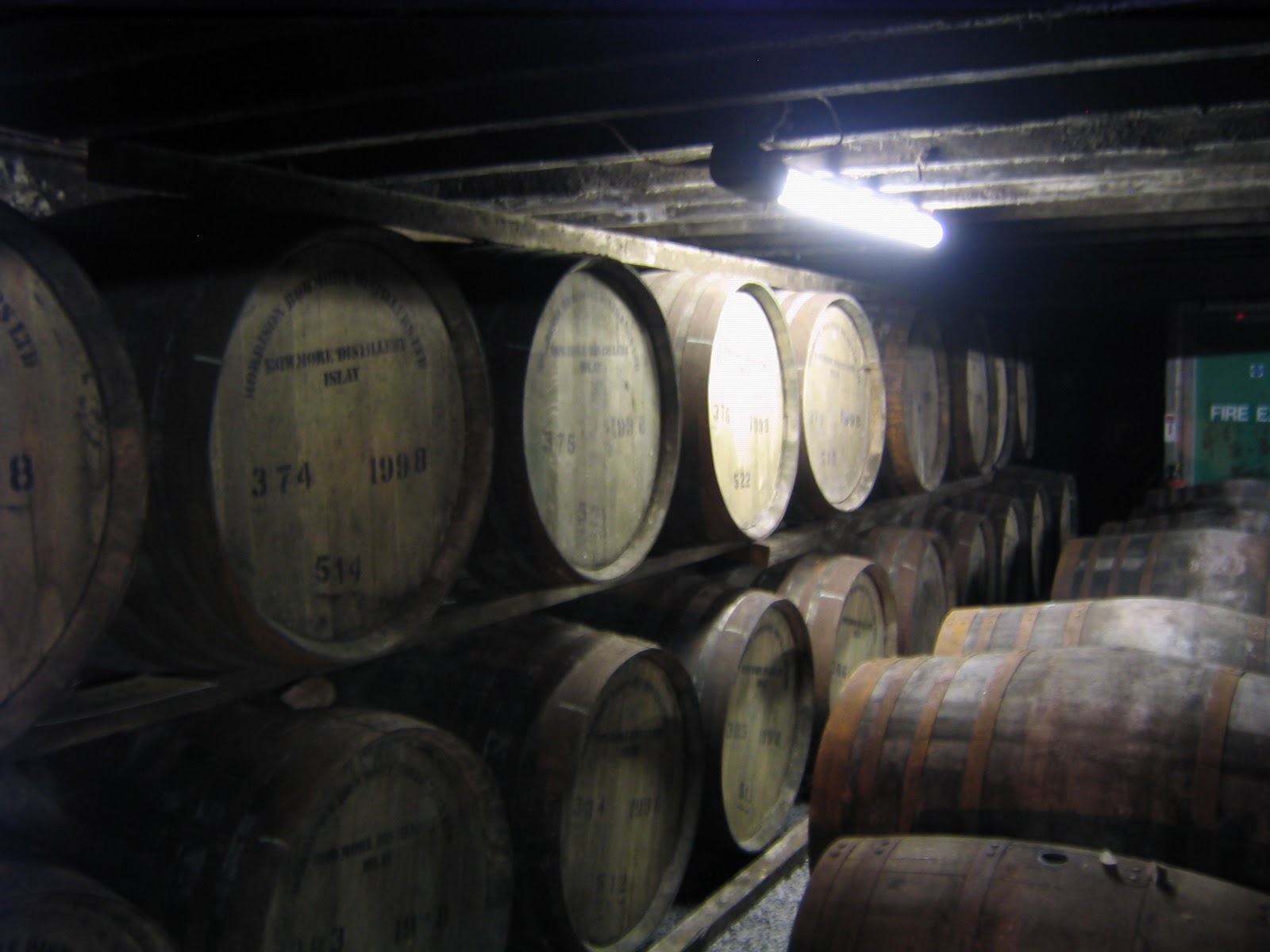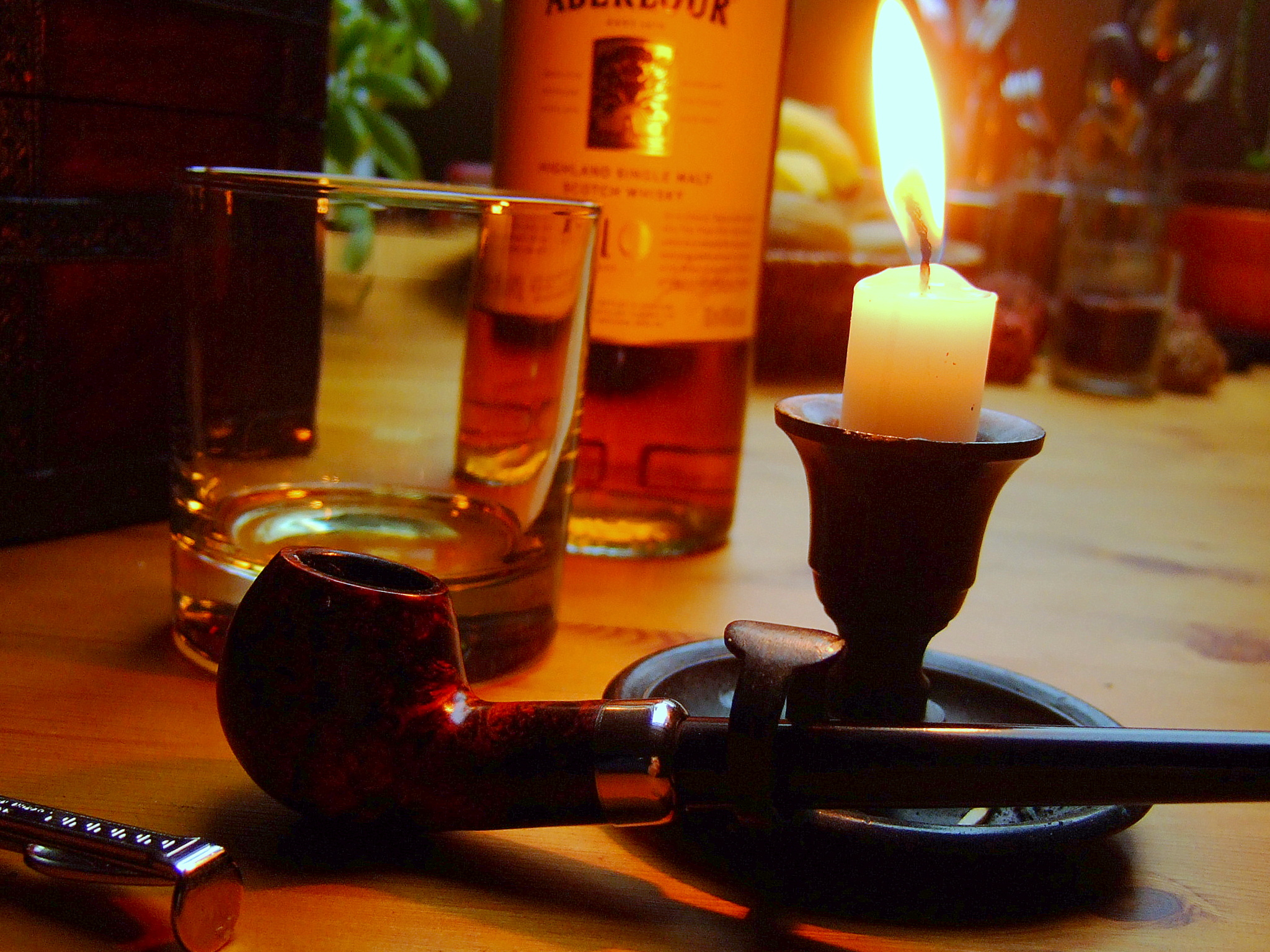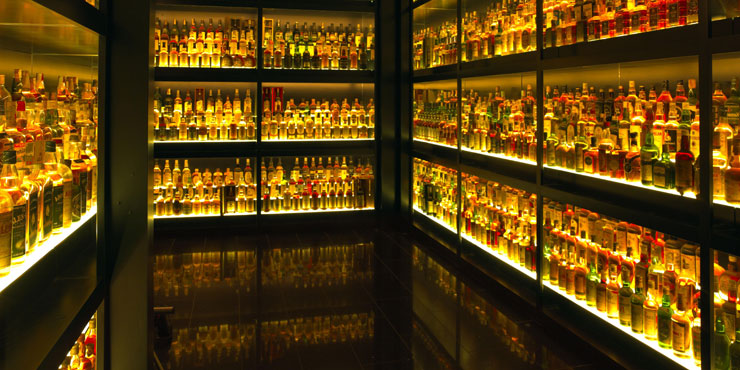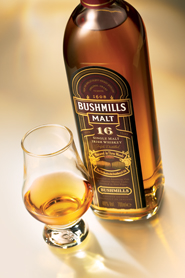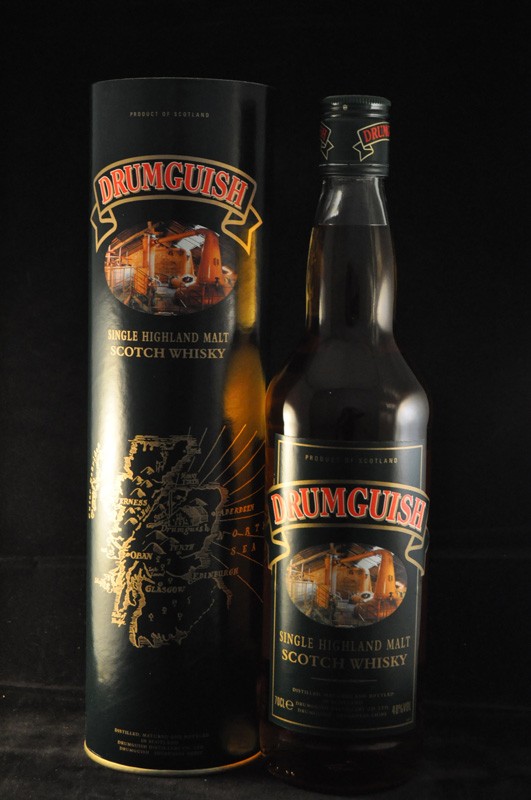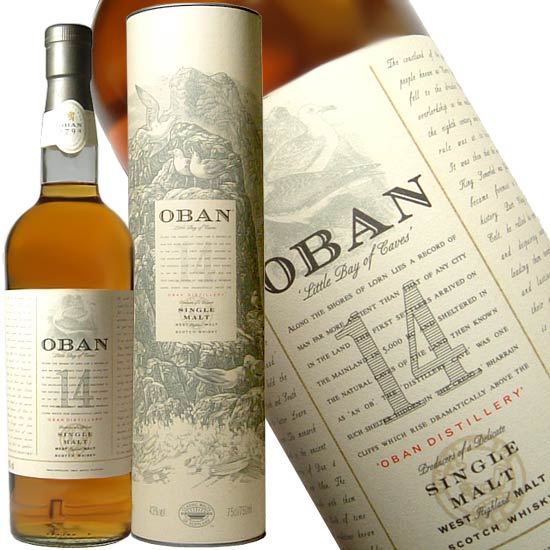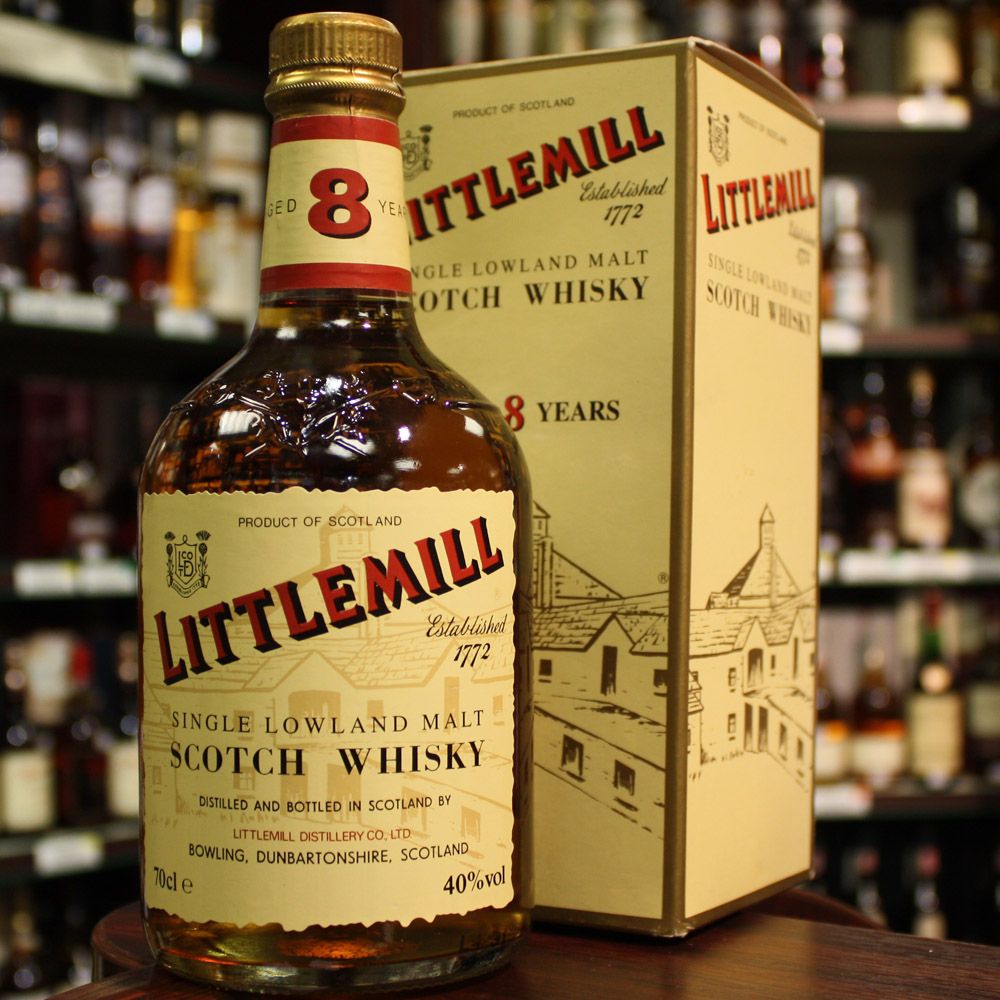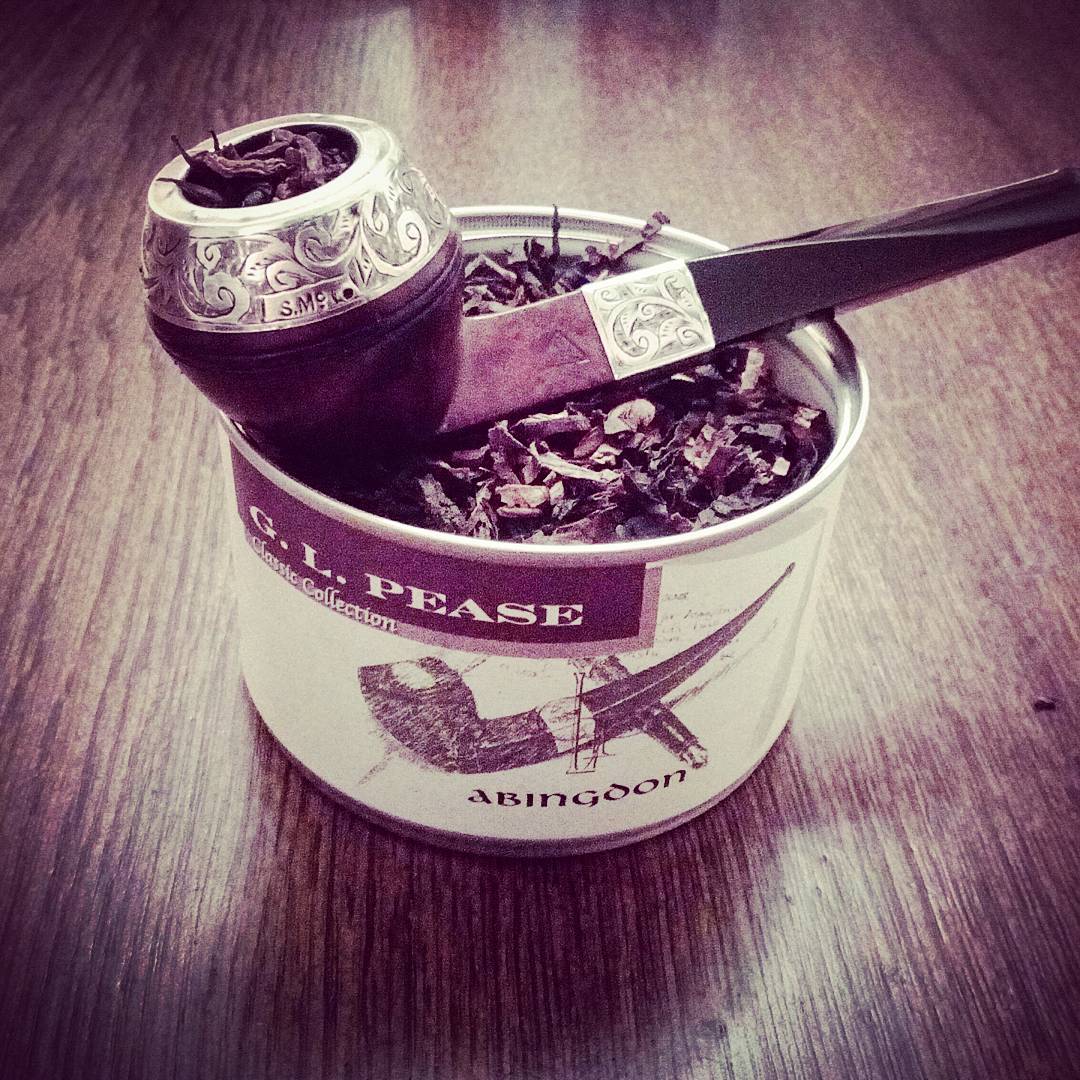 Sometimes it is with tobacco as it is with music. You hear songs that are ok or ones that suck until suddenly, whoaaa.. What is that?? You listen to it more closely and slowly feel yourself falling in love with it with every time you hear it. After that the song sort of becomes part of your life and you keep listening to it until the day you die. Luckily I am not yet in that last phase but master-blender GL Pease’s creation Abingdon certainly has ingrained itself in my existence.
Sometimes it is with tobacco as it is with music. You hear songs that are ok or ones that suck until suddenly, whoaaa.. What is that?? You listen to it more closely and slowly feel yourself falling in love with it with every time you hear it. After that the song sort of becomes part of your life and you keep listening to it until the day you die. Luckily I am not yet in that last phase but master-blender GL Pease’s creation Abingdon certainly has ingrained itself in my existence.
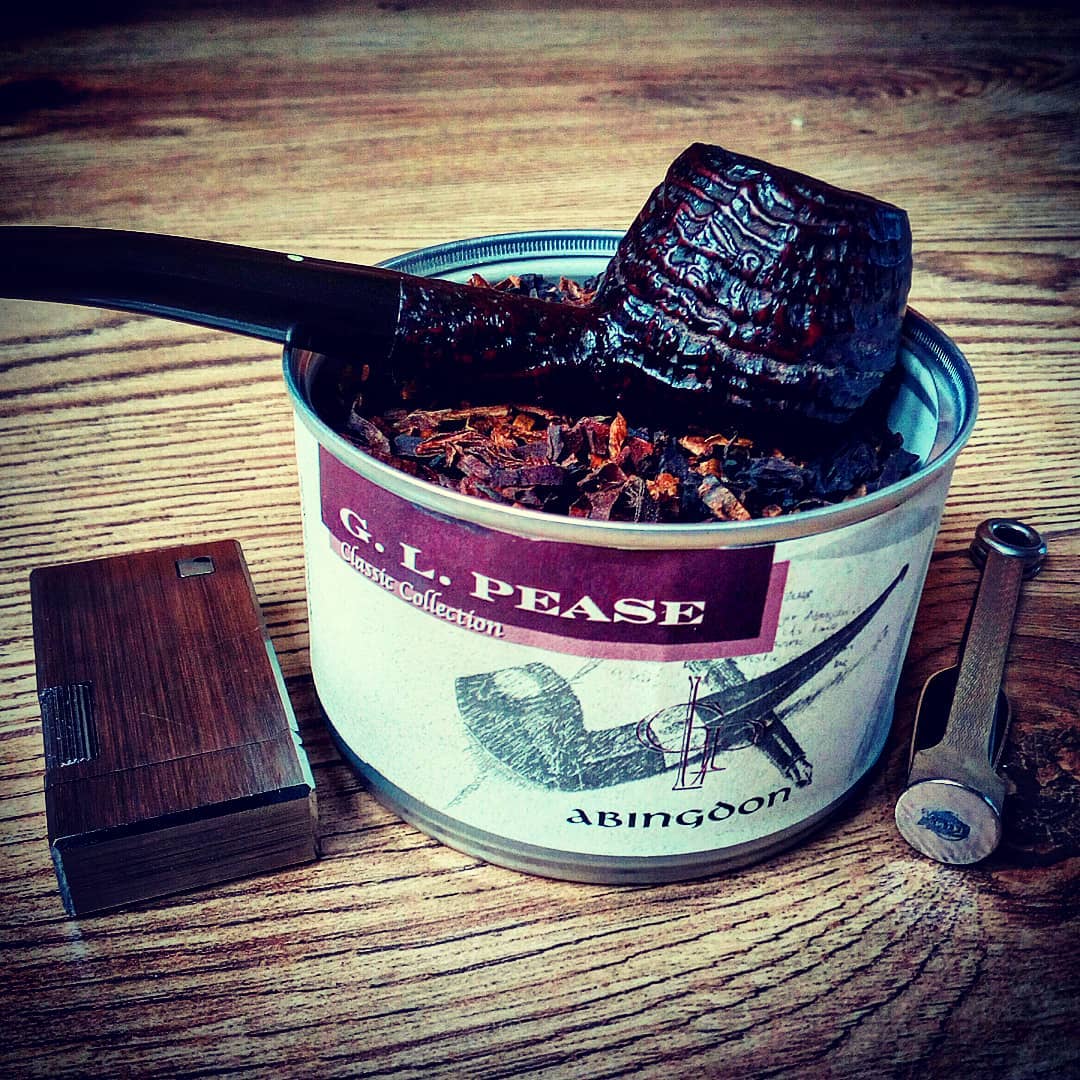 Unfortunately I can’t remember exactly when I first smoked Abingdon. My First Pease blend was the then hyped Chelsea Morning. With trembling hands I popped that tin, filled the bowl, lit the pipe aaand… It sucked. Perhaps I was expecting the nectar of the pipe-gods or so but it wasn’t on par with anything I had in my mind. I never had it since, maybe I should because during the years my taste-buds have vastly improved. After that I got a sample of Westminster from a friend and it blew me away. Ok, perhaps this “Dark Lord” Pease-guy does know what he is doing after all, I thought. It must have been after that when I tried my first bowl of Abingdon. Apparently I liked it really, really much because when I look at my tobacco tin purchase history the name “Abingdon” often pops up. Nowadays about once a year I open up a tin of it as a treat to myself. It never fails to deliver.
Unfortunately I can’t remember exactly when I first smoked Abingdon. My First Pease blend was the then hyped Chelsea Morning. With trembling hands I popped that tin, filled the bowl, lit the pipe aaand… It sucked. Perhaps I was expecting the nectar of the pipe-gods or so but it wasn’t on par with anything I had in my mind. I never had it since, maybe I should because during the years my taste-buds have vastly improved. After that I got a sample of Westminster from a friend and it blew me away. Ok, perhaps this “Dark Lord” Pease-guy does know what he is doing after all, I thought. It must have been after that when I tried my first bowl of Abingdon. Apparently I liked it really, really much because when I look at my tobacco tin purchase history the name “Abingdon” often pops up. Nowadays about once a year I open up a tin of it as a treat to myself. It never fails to deliver.
Backstory:
I quote GL Pease here: Some may have caught the hints of the inspiration behind this one when I’ve written about it in the past, but for the rest of you, here’s the back story. When I began to think about what I wanted to do with the Classic Collection, I had it in mind to pay tribute to some of the tobaccos of the past that had inspired me over the years—not to attempt their recreation, which is always something of a fool’s errand, but to produce blends that were reminiscent of what certain blends meant to me. It was my desire to paint something of a leaky memory picture of what the now old 759 was like in its relative youth that inspired me to concoct Abingdon. First, there was 759 and there was 759. The blend went through some changes during its life, and not every vintage is like every other. Too, while many have claimed to “clone” or “replicate” particular blends, I have never once found one of these copy-cats to successfully reproduce one of the old blends. In most cases, they’re not even really close. Later vintages of 759 seem to have been more dominated by Latakia. For those, I think Abingdon may be a little closer, though certainly not identical. Abingdon was named after Abingdon on Thames, the home of the legendary MG motorcar. For me, something about that wonderful, oily, intense smokiness of the tobacco recalled the wonderful smells of my old MGA, so it seemed fitting.
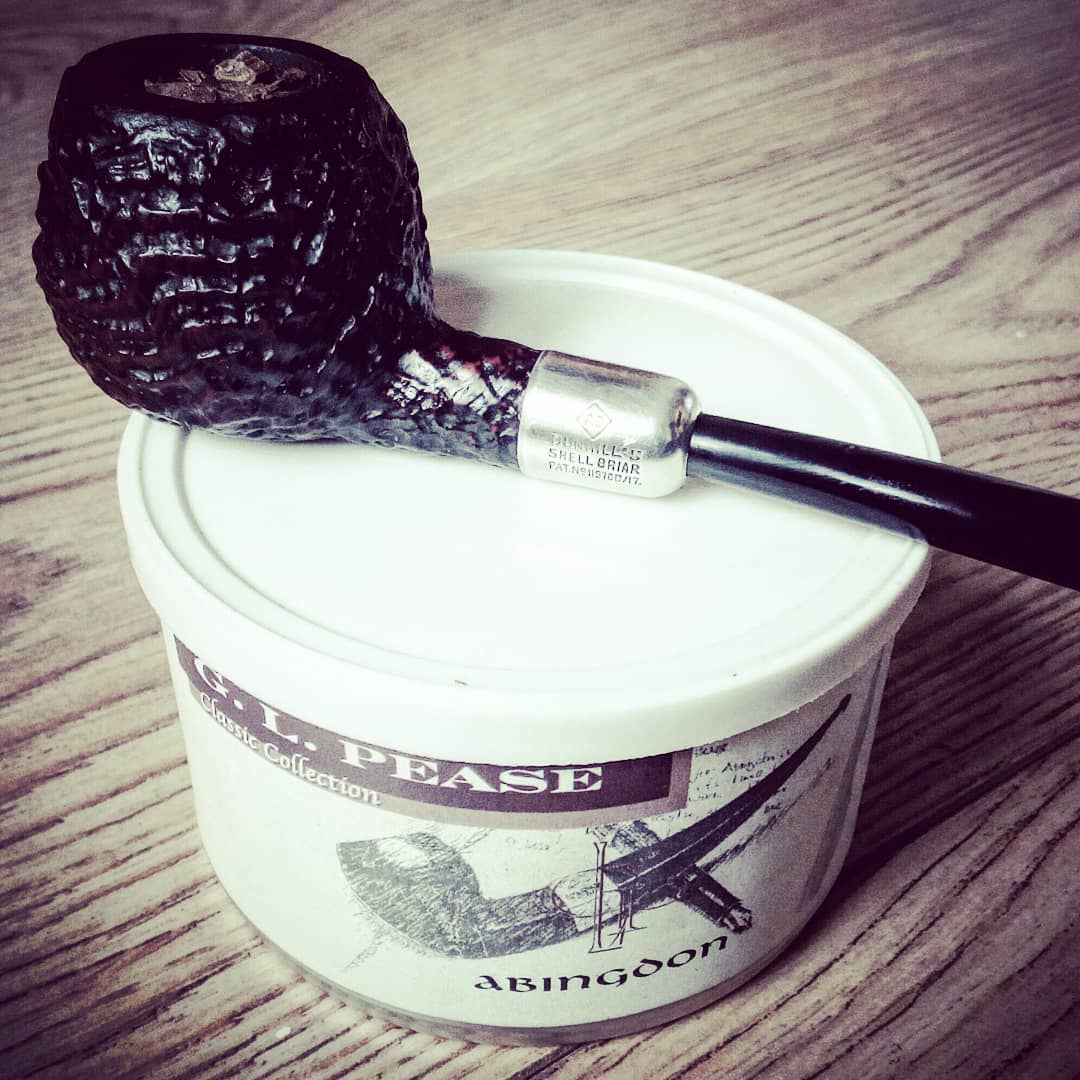 Description from the producer:
Description from the producer:
Abingdon: Dark, Mysterious and Full. Abingdon is the fullest Balkan style blend in the collection. It is rich and robust, powerful and forthright, yet still possessing subtlety and finesse. Dark flavours of wood and leather mingle with delicate undercurrents of sweetness, and deep earthy notes, while the oriental tobaccos provide hints of their verdant, sometimes herbaceous character. A big Balkan blend, reminding us once more of what these blends used to be. Because of the high percentage of dark and oriental tobaccos, it’s recommended to pack Abingdon a little less firmly than you might a lighter blend. Abingdon was released in July, 2003. And another quote from GL Pease himself: Abingdon is not topped or cased. It, like most of my blends, relies solely on the flavours of the leaf to make it what it is. It’s actually a fairly simple formula, but the result is delightfully complex. It’s an interesting mixture as it is quite heavy with latakia, but the orientals are more subdued. The virginias form the backbone of the smoke, but the latakia makes quite a statement.
![]() Package/tin:
Package/tin:
A typical American round pop-lid tin with paper wrapper. I must say that for this review I have an old production tin (from 2012). Not too long ago the artwork changed a bit. But still on the front there is a picture of a bulldog shaped pipe on top of a fountain pen and a piece of writing paper. On the back it says: A full Balkan style blend with a generous measure of Cyprian Latakia, seasoned with fine red and lemon yellow Virginia tobaccos, and enhanced with rich oriental leaf. Abingdon is bold and assertive, while retaining a stylish finesse. The Classic Collection draws inspiration from the great tobaccos of days past. The blends offered are not meant as attempts to replicate them, but to pay them homage to capture some of their essence.
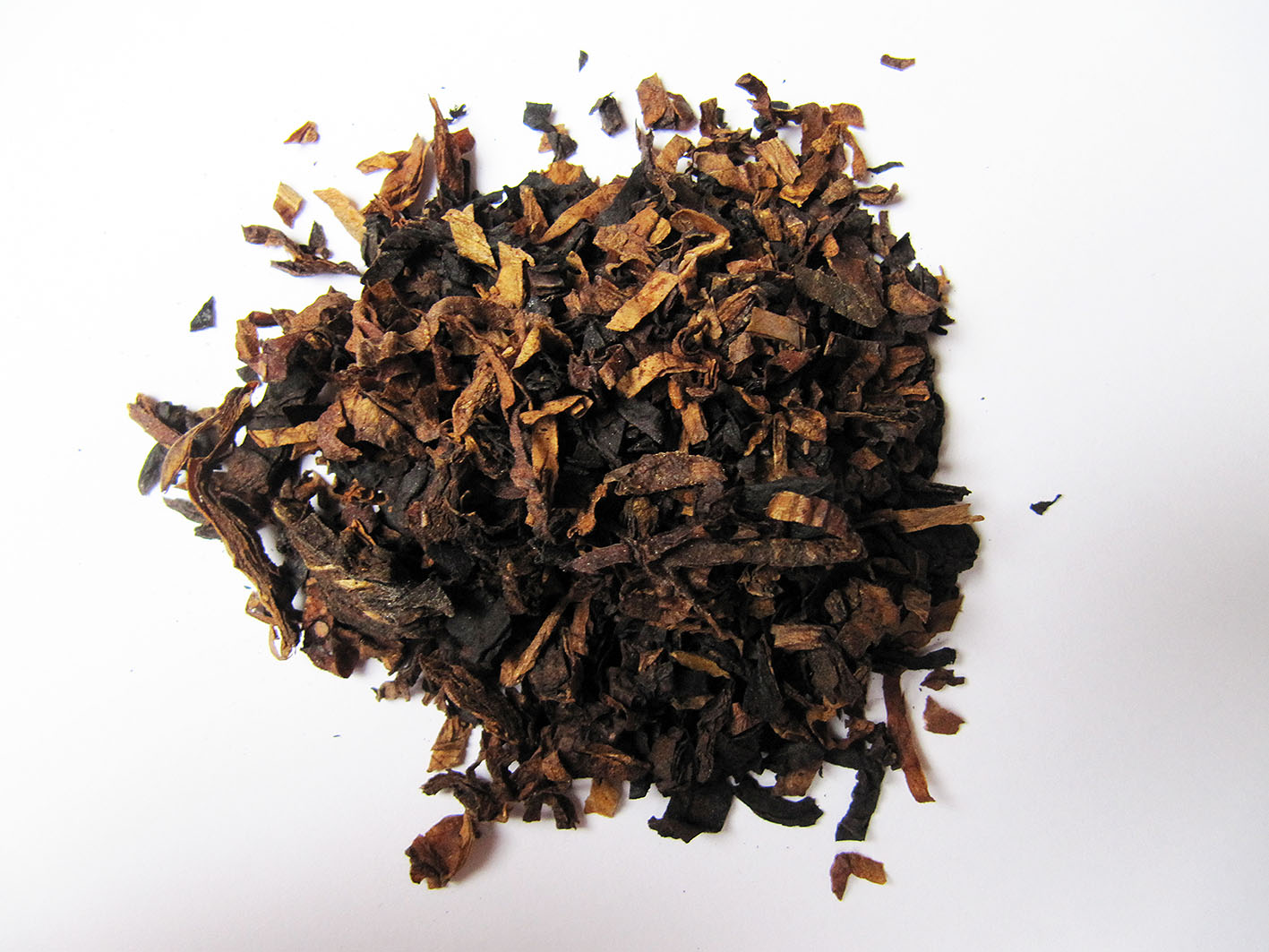 Contents/Ingredients/cut:
Contents/Ingredients/cut:
Upon opening the tin I am greeted by the light and dark blended ingredients: Cyprian latakia, red and lemon yellow Virginias and orientals. The cut is a kind of rough ribbon cut with chunky pieces throughout it which you sometimes have to rub out a bit.
 Smell from the tin:
Smell from the tin:
The smell from the tin is wonderful to my nose. Sweet, salt, leather, smoke, spice, autumn, wood, earth all mixed into one like the instruments of an orchestra. I would have expected to notice more of the latakia. Perhaps it is the age of tin (6 years) so that the tobaccos inside have mellowed but this does not smell at all like the “bold and assertive” which is promised on the tin label.
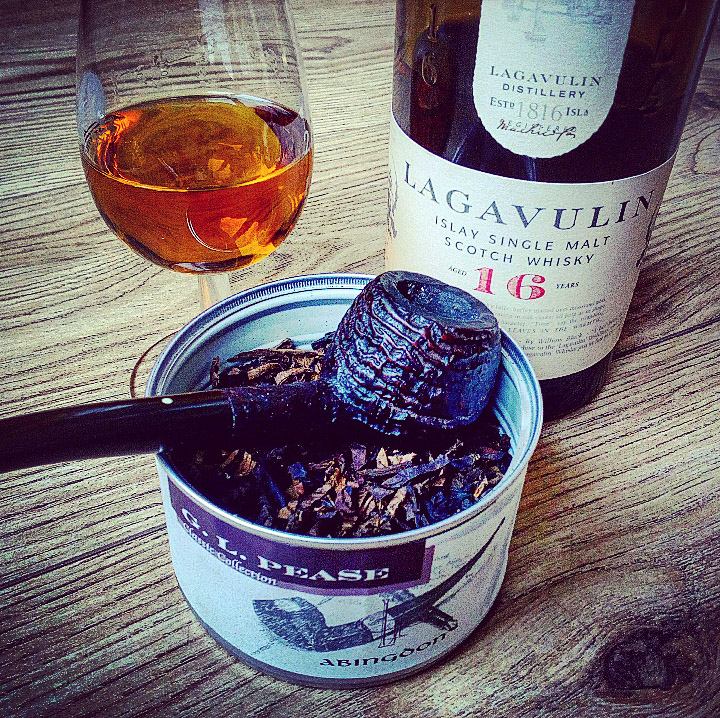 Taste:
Taste:
Upon lighting the blend there sometimes can be a slight bitterness, but it usually goes away after a few puffs. I have to think of my old and trusty Toyota Starlet. When I first start it there is lots of smoke and the pungent smell of petrol but after some hitting the gas it runs smoothly. Sort of the same with Abingdon. When the blend awakens and I am lucky I get some dark fruit/raisin/apricot taste-swirls throughout the rising smokiness from the latakia, the Virginia sweetness and the oriental sourness. For me Abingdon is not a complex blend. Once it gets going basically the same taste stays throughout the bowl with some little nuances here and then. But that basic taste is… So damn yummie! The balance between all the tobacco components is unbelievable. Lots of contradictions but somehow they work together like a well composed symphony. The instruments are soft, creamy, smooth, full, leather, musty, earth, sour, spice, wood and smoky. The resulting piece is Abingdon. Like with the smell I had expected more latakia “oomph” but I am glad it is not there. The dark leaf is almost like the conductor who supports the other instruments and let them play better. In some of the Tobaccoreviews.com reviews I read comparisons with my favourite whisky: Lagavulin. And I have to agree! The two make a perfect pair. Like with Abingdon Lagavulin boasts a lot of smokiness but if you compare it to some other whiskies (Laphroaig, Ardbeg) it really is not that much. Also Lagavulin possesses that rich, full harmony of flavours that Abingdon has. Anyway, in the end the tobacco burns down to a fine grey ash.
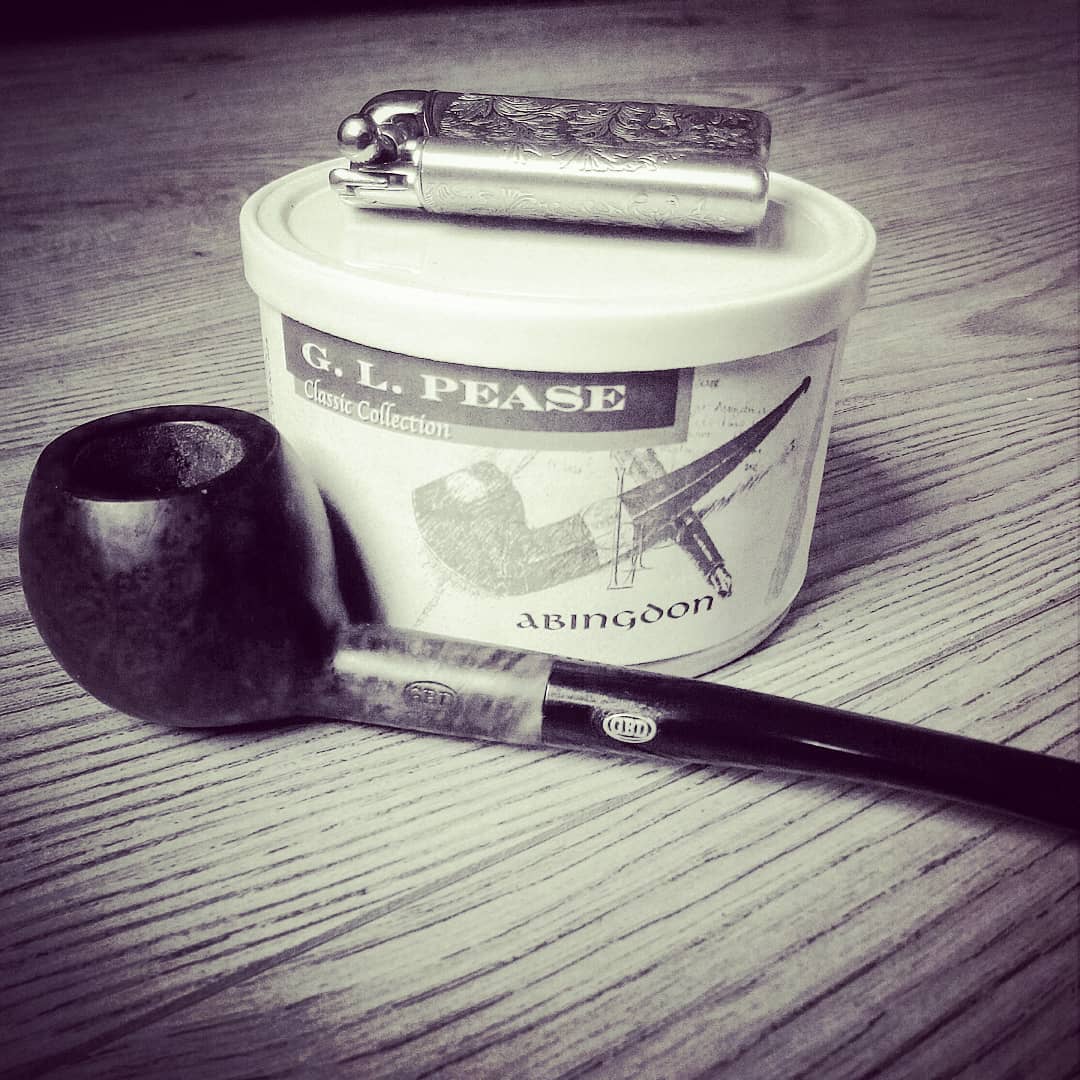 Miscellaneous:
Miscellaneous:
Abingdon can bite a little bit if you pack the bowl too firmly and the tobacco is too moist. But if you take that into consideration, no problems at all. It stays pretty well lit throughout the smoke, nicotine hit is mild to medium. In my opinion and experience Abingdon performs best in somewhat larger (Dunhill group 4) prince shaped or pot shapes pipes. It certainly is not an all-pipe friend.
 Room-note:
Room-note:
Whenever Ellen sees this tin on the table in our living room she starts to shift uncomfortably. “Is this that blend, you know? Well, I am afraid it is darling.. Oh.. Ok, eh, I am going to sleep/play music/do the laundry/get the f*ck away from here/etc.” As I write this I am smoking a pipe of Abingdon, Ellen just came downstairs and immediately got a red face. “Are you smoking it again? Yes darling. Grrr.. I really wish you waited until I had to go away for work. You can write in that blog of yours it is the most vile, evil smelling tobacco there is! I just did that darling.”
 Price:
Price:
On Smokingpipes.com a 2 oz. tin will set you back at $10.63 (± €9,30). An 8 oz. tin will cost you $35.70 (± €31,25).
 Conclusion:
Conclusion:
From all the still available tobaccos I like Abingdon the best. Period. Of course I prefer blends like London Mixture State Express, Renaissance or De Graaff Kegelbaan but eejj, I can’t get them any more. Abingdon possesses an old world quality which only improves with age, a timeless mixture. I can totally imagine myself sitting in my living room decades from now when I am old, wrinkled and slightly senile, while smoking a pipe of well aged Abingdon, enjoying the hell out of it and thinking back to the good ol’ days before tobaccogeddon. Just before Ellen whacks me with her walking stick while shouting “You are not smoking it again aren’t you??”
Of course I wish all my readers a merry Christmas and a smoky 2019!!!

